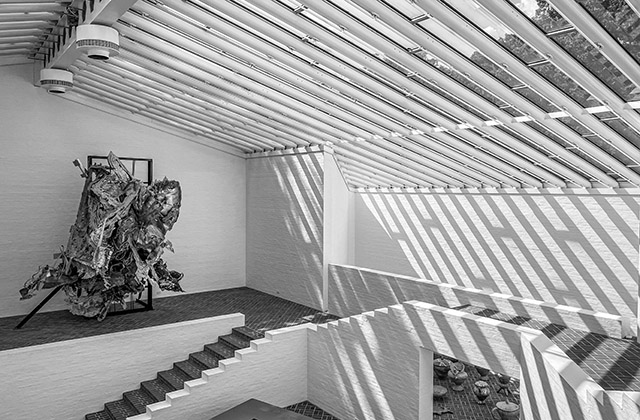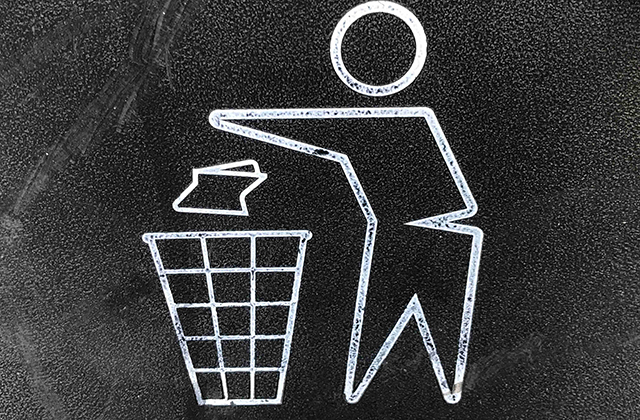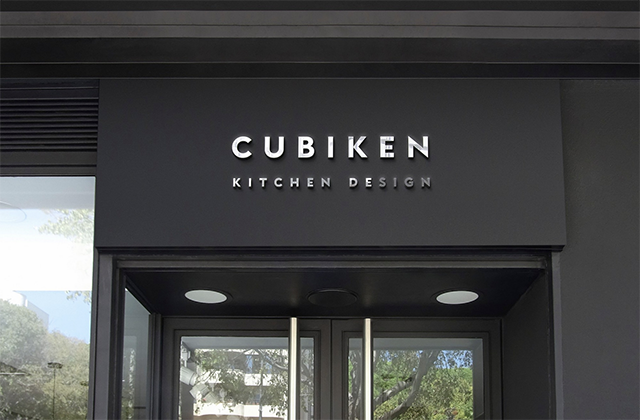Introduction
Tempered glass is a type of safety glass that has been heat-treated to make it stronger than regular glass. Tempered glass can be used in windshields, table tops, and more. It’s typically used for safety purposes because it’s more resistant to shattering than regular glass. There are two main types of tempered glass: laminated and heat-strengthened. The cost of replacing glass replacement near me depends on a number of factors, including the size and location of the glass.
Laminated glass
Laminated glass, also known as safety glass or safety laminate glass, is a composite material composed of two or more layers of glass bonded together with a polymer inter-layer to form one piece of solid safe material. It is primarily used in automobile windshields and in doors.
There are many different types of laminates:
- Float Glass – This is the most common type used in building and automotive applications. It consists of two pieces of flat glass that are fused together by heating them until they become molten and then pressing them between heated steel rollers while they cool into shape. The final product is extremely strong, but still able to be cut or drilled with standard tools without breaking apart or shattering like untreated single-paned windows would do if broken.
- Laminated Glass – This type has multiple layers which consist of an adhesive layer between each one so when it breaks it stays together instead falling down into small pieces like regular window panes do when shattered (but not for long). This can help prevent injuries from flying shards if someone tries to break your car windows using this method on you!
Heat-strengthened glass
Heat-strengthened glass, also known as tempered glass, is made by heating and cooling standard float glass. As the theoretical strength of glass increases with temperature, it’s possible to make a material that has both the durability and energy absorption of laminated safety glass while retaining the look and feel of annealed (unheated) float glass.
Heat-strengthened safety glazing improves upon traditional laminated safety glazing in several ways:
- The process for manufacturing heat-strengthened safety glazing involves heating and cooling standard float glass instead of laminating two sheets together at high temperatures. This allows for much less expensive manufacturing costs than other types of tempered plates, which makes them more affordable for consumers.
- The drawback to this method is that it doesn’t produce quite as strong or durable a product as true tempering does—but it’s still plenty strong enough for most residential purposes!
Tempered glass is common in home construction.
Tempered glass is a type of safety glass that is commonly used in home construction. It’s also used for car windows, mirrors, shower doors and windows. Tempered glass can be made from two pieces of regular glass or a single sheet of laminated material.
In its most common configuration, tempered glass consists of two layers: an outer layer with a low coefficient of thermal expansion and an inner layer with high coefficients. The two layers are bonded together by heat and pressure during tempering to form one piece that has been strengthened through molecular re-alignment caused by this process.
Tempered glass has several advantages over regular plate or flat sheets such as resistance to breakage and shattering when exposed to impact (such as during vehicle collisions).
Conclusion
To summarize, tempered glass is a type of glass that is used in many different applications. It can be made in a variety of ways and forms depending on the needs of the project that it will be used for. The main thing to keep in mind when deciding which type of tempered glass is best for your next project is whether or not it needs impact protection from outside forces like wind or raindrops. Willoughbyglass.com.au the most reliable glass replacement company.



